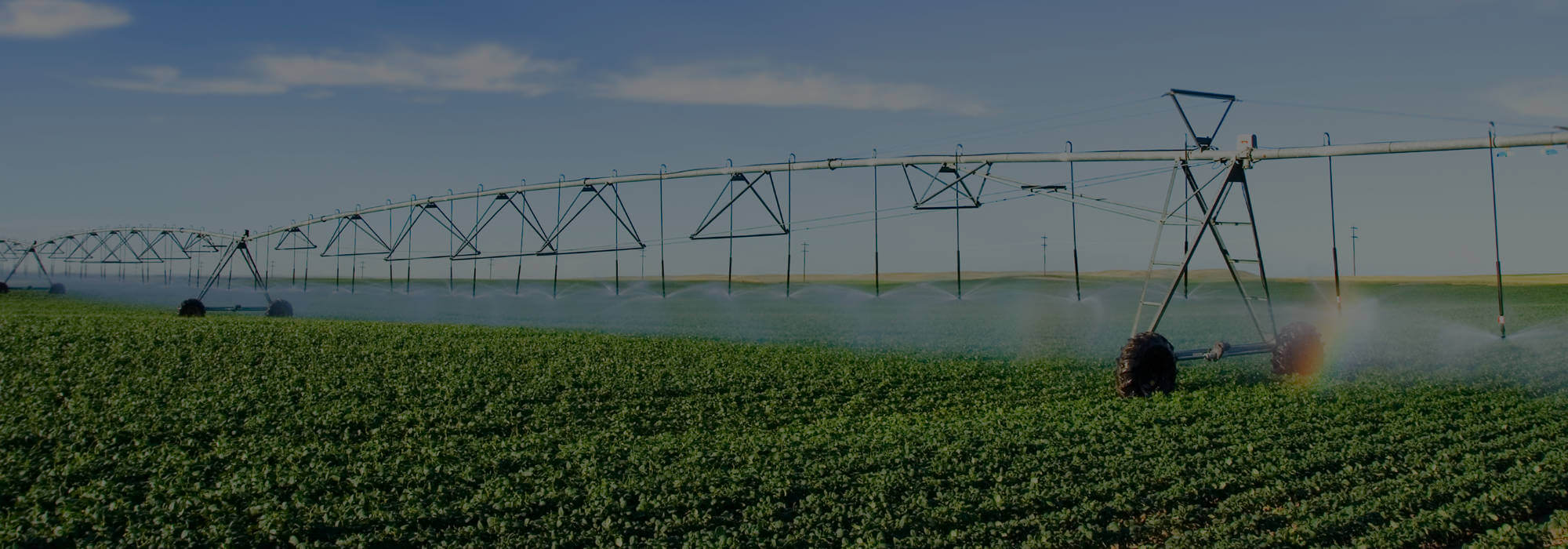18 Dec GRAZING AS A VEGETATION MANAGEMENT TOOL
U.S. Bureau of Reclamation, Ephrata Field Office
Grazing has a long and rich history in the Columbia Basin. It follows a similar pattern of grazing lands throughout most of the United States, which began with an abundance of native forage. Then, through poor management and overutilization, a degradation or loss of that resource occurred. This was followed by efforts for rehabilitation.
Grazing changes in the Pacific Northwest began in the early 1700s when horses were introduced to the Native Americans, most likely through the Spanish from the southwest. Their only competition for the native forage in the area was deer and elk since very few buffalo moved into the Pacific Northwest region. Cattle were introduced to the region in the 1830s. Due to the abundance of grass for these animals, the cattle business began to take off during the 1850s to 1860s. It is estimated that by 1870, the ranges were fully stocked. Interestingly, during the years of 1860-1890 most ranchers would leave their cattle on the open range all year with no supplemental feed. The winters were generally mild enough that the cattle could access dry forage through minor amounts of snow. Unfortunately, every couple of decades a winter would come that would completely decimate the livestock in the area. In the spring of 1862, a Walla Walla newspaper stated that a thousand yards from town, one could step from one dead cow to another throughout the whole valley.
Shortly after 1870 rangelands started to deteriorate. In addition to cattle, roving sheep herds from California would move through the valleys consuming forage that cattle ranchers were reserving for their herds. Lack of regulations and lack of any barriers to control movement of livestock resulted in many parties competing for this single, valuable, resource. In 1893 cheatgrass was first reported. This weedy annual grass took advantage of the disturbed soils and weakened native grasses and spread quickly throughout the state reducing forage value and increasing fire risk and frequency.
In the early 1900’s the U.S. Forest Service recognized the damage being done and began to control grazing through permits and regulation. However, due to World War I, livestock prices remained high and conservation wasn’t a major concern. It wasn’t until the Great Depression and the Great Drought that people began to feel the effects of poor rangeland management, and conservation of these lands shifted to become the focus. To address the issue, a combined effort by private landowners, governments, universities, and non-profit organizations brought regulation and financial and technical resources forward to improve grazing practices.
Since then, rangelands have slowly been recovering and restoration efforts continue to improve these lands. With relatively minor changes in management, some lands were able to recover close to their native conditions. Unfortunately, many areas were degraded to the point where invasive species such as cheatgrass have changed the ecological state. These areas cannot be recovered without energy-intensive and costly restoration actions which are not feasible to many agencies or landowners.
Although grazing has had major negative impacts on our native rangelands, it remains a valuable tool when applied appropriately. Within the Ephrata Field Office grazing has been used to manage vegetation and reduce fire hazards. In areas with native grasses, early spring grazing is applied to reduce noxious weeds and cheatgrass after which grazing is removed to allow the natives to grow with reduced weed competition. In areas dominated with cheatgrass, higher intensity grazing is applied in spring and fall to reduce fire hazard. Grazing permittees are also required to manage weeds and have done a good job at keeping them in check. It’s the goal of the Ephrata Field Office to continue working with our permittees to appropriately utilize grazing as an effective vegetation management tool.
